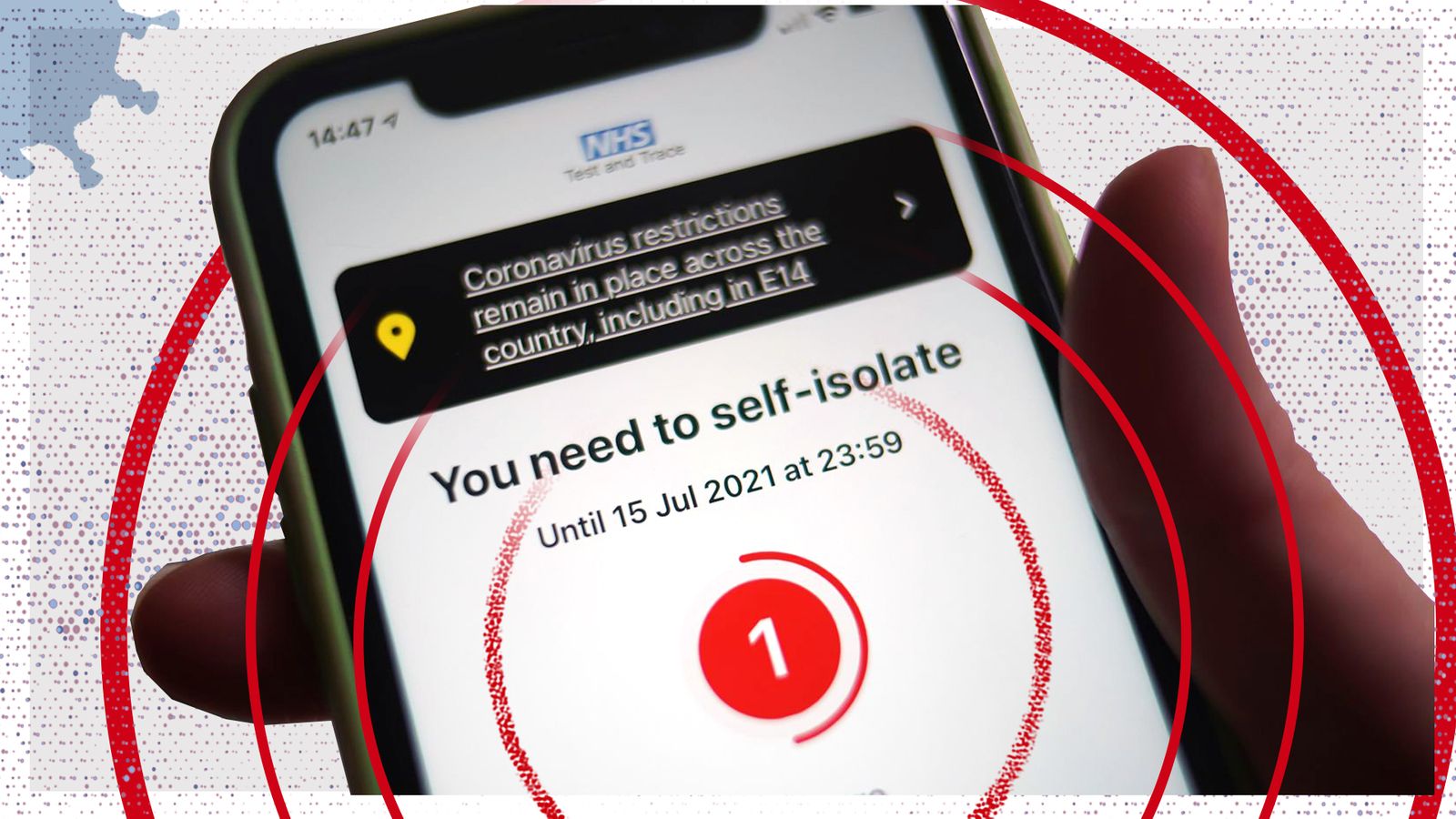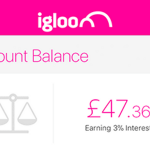After weeks of pressure, and just a fortnight before the self-isolation rules change fundamentally, the decision to tweak the NHS Test & Trace App is an act of political capitulation rather than pandemic management.
For weeks, business groups have pointed out that the pingdemic was turning the great reopening into a colossal COVID shutdown.
When supermarkets shelves started to empty the government granted a few bureaucratic exemptions, but in hospitality pings closed premises just as they were attempting to make up for months of lost income.
While companies lost revenue, staff lost precious wages, another blow after 18 months of instability.
Please use Chrome browser for a more accessible video player
Yet ministers insisted that self-isolation remained the best way of managing the pandemic, even after Boris Johnson tried to skip the requirements himself by joining a test-and-release pilot.
Now the app has been adjusted, though not the two-metre sensitivity. Instead, the timeframe for measuring close contacts of asymptomatic positive cases has been cut from five days to two.
This, according to the Department of Health and Social Care, will result in fewer pings but the same number of “high-risk” contacts being told to self-isolate.
Curiously this appears to be the first time the government has identified a sub-category of riskier contact with COVID cases, and may be the first mention of the five-day infection window.
Please use Chrome browser for a more accessible video player
If there has been a fundamental reconsideration of the risk of close contact, the government is not explaining it.
On the contrary, new research suggests the app has prevented 50,000 additional infections last month, and almost a million since December.
If this all seems a little confused, it is the inevitable consequence of the glaring flaw of an app that confined people to their homes, based on surveillance of a two-metre gap that had been abandoned in the real world.






















